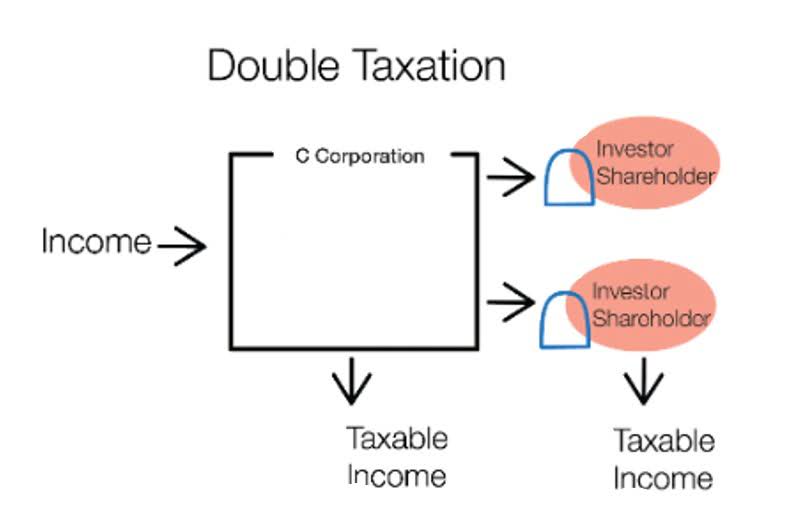In a related way, if you don’t send bills out on time, you might not get paid for the products/services you delivered to the client. Invoicing and billing do more than help businesses balance their books—they affect every part of the organization and relationships with clients and customers. Invoicing and billing can help businesses understand client and customer behaviors, increase process efficiency, and use data to inform strategy. Many contractors and freelancers use an invoice template in which they can input the relevant information. You can find many different invoice templates online or pre-saved in your preferred word processing software.
How To Choose Invoicing Software
While invoices can vary greatly, there are a number of standard elements that just about every invoice should include. Be sure to include these to ensure that your invoice has the right information and sets you up to get paid. Fiverr’s And.co is a flexible, easy-to-use invoicing tool for freelancers who sell services. Larger businesses will likely need more features and flexibility, though. Some businesses may offer discounts like 2/10 net 30, which means that the customer will receive a 2% discount if they pay within 10 days instead of 30 days. Standard terms are net 30, 2/10 net 30, end of the month (EOM), 15 MFI, or upon receipt.
Is an invoice a financial statement?
Ideally, your invoicing software will share data with your accounting software and accommodate your payment gateway. Invoices do not contain proof that a business and its customer have agreed to the terms of payment outlined in the invoice. To reduce the chances https://www.bookstime.com/ of a disputed invoice, businesses may create contracts that outline the details of a transaction. Contracts signed by both parties can act as legal documents, reduce the chance of misunderstandings about transactions, and may help speed up the payment process.
Key difference between invoice and receipt
They may be inflexible when it comes to receiving payments on terms other than the ones set by them. Within an invoice, you must provide your business contact information, including name, address, phone number, and email address, along with your client or buyer’s information. bills and invoices In other words, the term bill means the document received by customers that informs about the total amount to be paid on the spot. Here’s a breakdown of these two everyday financial terms that may have surprising meanings once you look at them more closely.
- GoCardless helps you automate payment collection, cutting down on the amount of admin your team needs to deal with when chasing invoices.
- ‘Invoice’ and ‘bill’ are the two most popular terms that always confuse businesses, customers, and accountants.
- And you can increase the likelihood of getting paid on time, every time.
- To summarize, if you are a vendor, once the items are delivered to your customer, you would raise an invoice to collect the amount owed.
- Choose invoicing terms that encourage early or advance payment to maximise your cash position and the likelihood of getting paid.
Extensible Accounting and Invoicing
In general, a business issues an invoice to clients or customers to request payment for goods or services rendered. The recipient treats that invoice as a bill, sending it to accounts payable for processing. A business can issue both bills and invoices, issuing the former for one-time purchases and the latter for recurring ones.
Most invoicing software includes base software features, such as the ability to send invoices and receive payments. There are many other features that the top invoicing software offers to make it easier for you to track payments, contact clients and manage inventory and finances. There are no hidden fees with the best free billing software, but there are a few caveats. For example, they all integrate with major payment processors but not all free plans give you a choice of payment gateway. While free plans are totally free, you still have to pay transaction fees to a payment processor.
Without them, you wouldn’t be able to pay for things, or, more importantly, be paid – which creates essential cash flow for your business. In the world of business, you regularly come across bills and invoices. In fact, if you look up a definition of either one, you’ll find that they are almost entirely synonymous. Although the documents have a lot in common, there are subtle differences between them, which we explore in this article. Now that we’ve covered the key differences between invoices and bills, let’s get to the meatier bits and uncover how and where you can create these important documents. Bills, on the other hand, are documents merchants create for business transactions to signify the amount of money a customer owes them.
It’s a significant time commitment on your behalf, so you may like to issue an invoice for a 50 percent deposit before works begin. When complete, you would then issue a second, itemized invoice with details of all services rendered and specific payment terms. Whilst businesses will naturally talk about invoices, a customer may still refer to these documents as ‘bills’.
Invoice vs. Bill vs. Receipt: A detailed comparison
Unlike invoices, which can be paid within an agreed-upon timeframe, a bill is typically a request for immediate payment. A bill will contain details about the goods or services provided by a company or vendor, as well as the amount of money owed for the services sold. But a bill won’t contain information about the payment rendered for these services.Only a receipt will have payment confirmation written or printed on the document. You can check the information against your bank accounts or credit card statement to confirm the purchase. Likewise, SAP’s accounting software makes the same distinction, where invoices are used to describe the products and services you deliver to your customers. At the same time, bills serve as a receipt for the payment you render to your suppliers or creditors.
- Consistency in invoice labeling is absolutely essential for ensuring that allowed payments are made, tracked, and able to be referenced months or even years in the future should the need arise.
- The most common software to use is Excel, but there are alternative options to explore, including apps.
- It can include service invoices, phone bills, and utility bills.
- When this happens you’ll need to begin the process of resolving the invoice dispute.
- However, if you already use accounting software, the least expensive option would be sticking with its invoicing feature as opposed to subscribing to an additional product.
What is the difference between a statement and a bill?
This is because formalised invoices simplify accounting processes. If you send your client an invoice, it’s unlikely that you’ll need to send a bill, too. A quote provides the client with a fixed price for a project, whereas an estimate provides an estimate of the fees that will be incurred for a project, which could change. A quote is usually subject to a specific time frame, for example, many businesses will stipulate that a quote is only valid for 30 days from the day it’s issued. That’s because the costs a business incurs to produce its goods or provide its services can fluctuate over time. The global e-invoicing industry is expected to grow by over 20% annually and reach US$24.7 billion by 2027, highlighting the importance of invoicing to the global economy.





